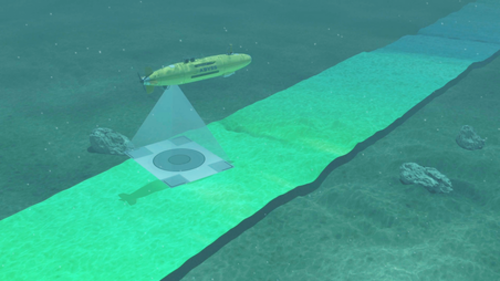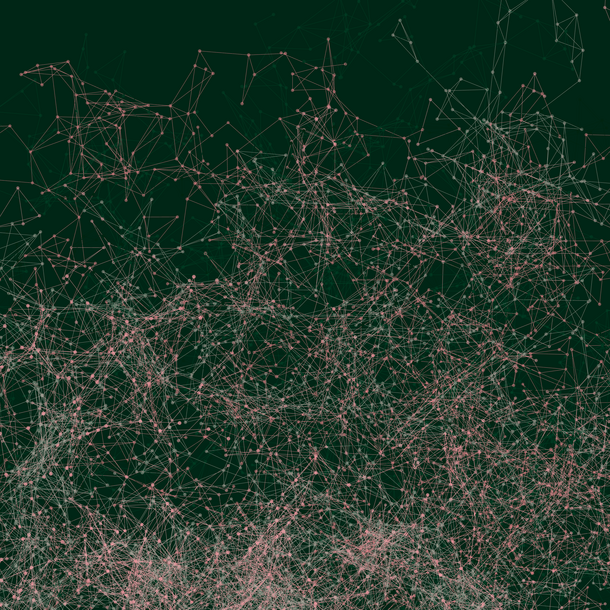Navigation and Real-Time Sensor Fusion for Automated Observation and Data Assimilation
Doctoral Researcher:
Tim Benedikt von See, GEOMAR - Helmholtz Centre for Ocean Research Kiel, tkupke@geomar.de
Supervisors:
- Prof. Dr. Thomas Meurer, Kiel University, Faculty of Engineering, Chair of Automatic Control, tm@tf.uni-kiel.de
- Prof. Dr. Jens Greinert, GEOMAR - Helmholtz Centre for Ocean Research Kiel, Marine Geo Systems, jgreinert@geomar.de
Location: Kiel
Disciplines: marine geosystems, automatic control, data science, computer science
Keywords: data analytics, navigation and guidance, data mining, machine learning
Motivation: Autonomous underwater vehicles (AUVs), remotely operated vehicles (ROVs), gliders, submersibles and other equipment deployed or towed at the seafloor are the key platforms for acquiring a very large spectrum and high volume of marine environmental data enabling sophisticated data analytics and data mining methods to be applied in real-time. Such platforms rely on very accurate positioning to fulfil these tasks, where in the context of marine science accurate means that the same spot at the seafloor can exactly be reinvestigated enabling direct comparisons between, e.g., two images taken at different times. Similarly, photogrammetric 3D reconstructions and image mosaicing of marine geosystems depend on the collection of large amounts of geo-referenced data, which requires accurate navigation and guidance of the vehicle to minimize the manual interaction for these processing intensive tasks.
Currently, AUV navigation and localization experience a paradigm shift from established (acoustic) techniques such as USBL or LBL towards dynamic cooperative multi-agent system approaches. This new approach allows for rapid deployment and high flexibility with minimal, e.g., pre-deployed, infrastructure. Towards this goal, data-based techniques such as simultaneous localization and mapping (SLAM) have to be included and fused properly with data from different sensing devices and mixed date-driven/mode-based state or parameter estimation algorithms.
Aim: This PhD project aims at identifying, analysing and developing solutions to improve marine data acquisition by advancing AUV navigation, localization and guidance capabilities using sensor fusion and combined data-driven / model-based techniques. This will include sophisticated state and parameter estimation methods that are based on the feedback injection of AUV sensor data into the process model. Closed-loop AUV control integrating the estimated states will be developed towards the achievement of situational and environmental awareness and robustness w.r.t. disturbances or sensor and actuator faults. Environmental awareness that will guide adaptive navigation depends on understanding and predicting sensor data in space and time. Chemical, physical and optical sensors need to be analysed and interpreted applying data science methods as machine learning and statistics running in concert with the vehicle steering components.
The approaches will address aspects of cooperation by investigating swarm concepts using, e.g., a multitude of rather cost efficient devices that build a mobile sensor network. The concepts and technologies will be directed towards automated, accurate and robust observation and data collection capabilities to support marine data analytics and data mining.
Objectives: (1) Develop model-based and data-driven navigation, localization and guidance solutions for AUVs allowing for situational adaptive planning, (2) Extending the concepts to distributed devices with cooperation capabilities (multi-agent system / AUV swarm), (3) Real-time analysis of different sensor data utilizing ML-methods for adapting the initial navigation plan, (4) Implementing ‘real-autonomy’ in AUVs and similar platforms.
References
- Kwasnitschka, T., Köser, K., Sticklus, J., Rothenbeck, M., Weiß, T., Wenzlaff, E., Schoening, T., Triebe, L., Steinführer, A., Devey, C., Greinert, J., 2016, DeepSurveyCam – A deep ocean optical survey system. Sensors, 16(2), 164. doi: 10.3390/s16020164
- Freudenthaler, G., Goettsch, F., Meurer, T., 2017, Backstepping-based extended Luenberger observer design for a Burgers-type PDE for multi-agent deployment. IFAC World Congress, in IFAC-PapersOnLine 50(1), 6780-6785. doi: 10.1016/j.ifacol.2017.08.1196
- Storr, B., Lutz, M., Meurer, T., 2019, Simultaneous Constrained Trajectory Planning and Motion Control for Marine Surface Vessels using Model Predictive Control, IEEE Trans. Control Systems Techn., Under Review.









